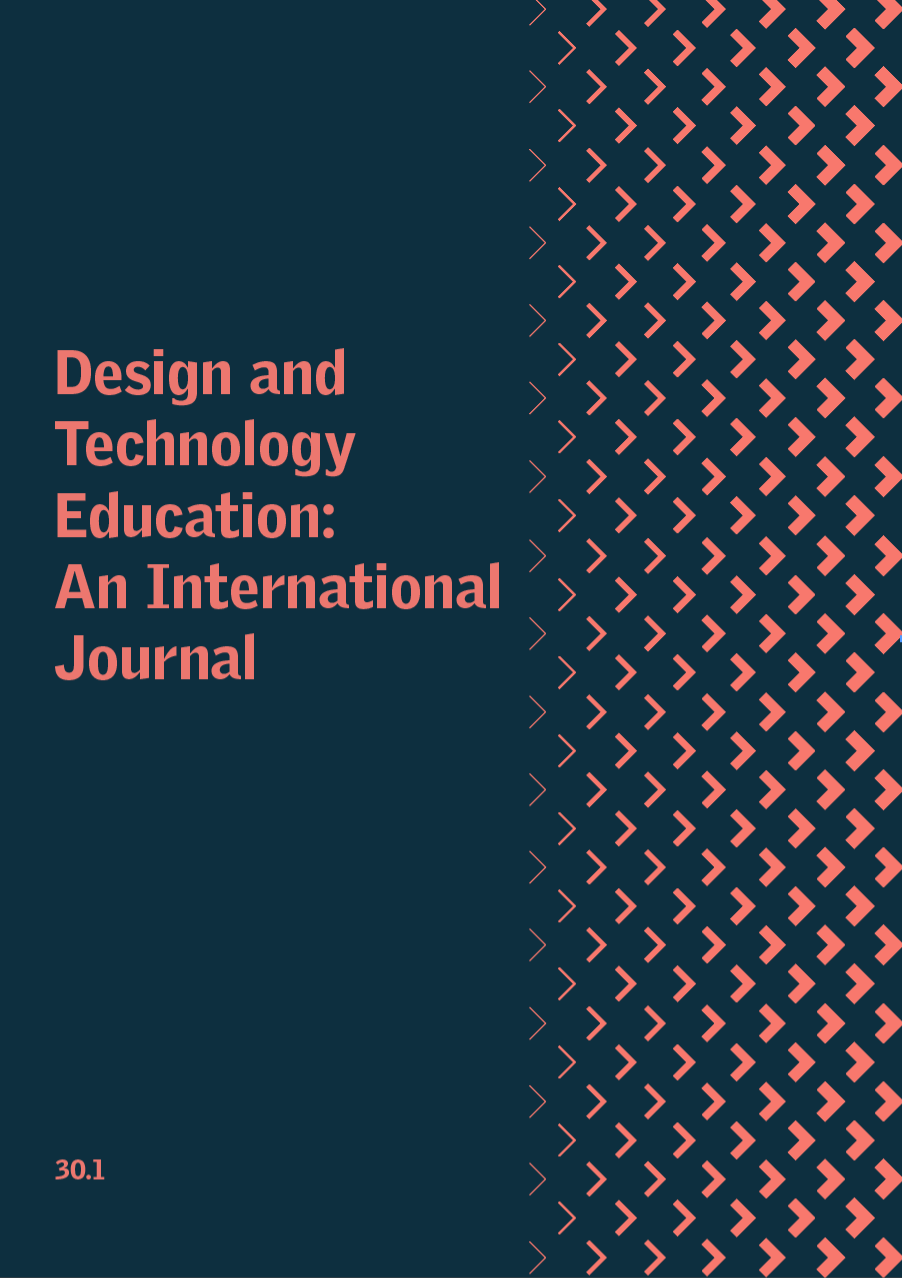Crafting Humorous Soft Toys: Incorporating Humour to a Holistic Craft Process in Early Years Education
DOI:
https://doi.org/10.24377/DTEIJ.article3040Keywords:
soft toy, holistic craft process, humourAbstract
This study explores humour’s role in a holistic craft process when 7–8-year-olds design personalised soft toys. Humour enhances learning environments by fostering joy, belonging and a positive atmosphere, acting as a motivational tool in experiential and arts-based learning. The study aims to answer the following questions: (1) What are the humorous characteristics of the soft toys created by the pupils? (2) How does the crafting of humorous soft toys proceed? Employing an educational design research methodology, the project involved 36 first-grade pupils from an urban Finnish school over a 10-day intervention. The study examines how humour, when integrated into a holistic craft process, supports the making and designing of soft toys. In the study, the pupils created humorous soft toys, often anthropomorphised with exaggerated or contradictory traits. Challenges emerged in translating 2D drawings into 3D soft toys, particularly with sewing and fabric painting. Nevertheless, the final products were unique and evoked positive emotions. The findings suggest that incorporating familiar elements, such as humour and soft toys, into the holistic craft process in early years education can enhance motivation and learning outcomes, thus supporting the integration of humour into educational contexts to foster creativity and emotional expression.
Downloads
Downloads
Published
Issue
Section
License

This work is licensed under a Creative Commons Attribution 4.0 International License.
Authors who publish with this journal agree to the following terms:
Authors retain copyright and grant the journal right of first publication with the work simultaneously licensed under a Creative Commons Attribution License that allows others to share the work with an acknowledgement of the work's authorship and initial publication in this journal.
Authors are able to enter into separate, additional contractual arrangements for the non-exclusive distribution of the journal's published version of the work (e.g., post it to an institutional repository or publish it in a book), with an acknowledgement of its initial publication in this journal.


